Carrier Based!!!....
.
Origins
In September 1952, the United States Navy announced a requirement for a new fighter. It was to have a top speed of Mach 1.2 at 30,000 ft (9,144.0 m) with a climb rate of 25,000 ft/min (127.0 m/s), and a landing speed of no more than 100 mph (160 km/h).[4] Korean War experience had demonstrated that 0.50 inch (12.7 mm) machine guns were no longer sufficient and as a result the new fighter was to carry a 20 mm (0.79 in) cannon. Actually, 4x20 mm had become Navy standard prior to the Korean war: F2H, F9F, F3D and also the F7U and F4D, among others, preceded the F8U. In response, the Vought team led by John Russell Clark, created the V-383. Unusual for a fighter, the aircraft had a high-mounted wing which necessitated the use of a fuselage-mounted short and light landing gear. The major contribution to the short main gear, however, was the variable incidence wing that meant the plane did not take off and land extremely nose up, which was a characteristic of swept and low aspect ratio winged fighters.
The Crusader was powered by a Pratt and Whitney J57 turbojet engine. The engine was equipped with an afterburner that, unlike on later engines, was either fully lit, or off (i.e. it did not have "zones"). The engine produced 16,000 lb of thrust static sea level unducted in the initial -44 application, not enough to allow the F-8 to sustain vertical in clean configuration, especially as thrust falls off with installation, subsonic speed, and altitude. The Crusader was the first jet fighter in US service to reach 1,000 mph; U.S. Navy pilot R.W. Windsor reached 1,015 mph on a flight in 1956.[5]
The most innovative aspect of the design was the variable-incidence wing which pivoted by 7° out of the fuselage on takeoff and landing (not to be confused with variable-sweep wing). This allowed a greater angle of attack, increasing lift without compromising forward visibility.[3][4] This innovation helped the F-8's development team win the Collier Trophy in 1956.[6] Simultaneously, the lift was augmented by leading-edge flaps drooping by 25° and inboard flaps extending to 30°. The rest of the aircraft took advantage of contemporary aerodynamic innovations with area-ruled fuselage, all-moving stabilators, dog-tooth notching at the wing folds for improved yaw stability, and liberal use of titanium in the airframe. The armament, as specified by the Navy, consisted primarily of four 20 mm (.79 in) autocannons; the Crusader happened to be the last U.S. fighter designed with guns as its primary weapon.[3] They were supplemented with a retractable tray with 32 unguided Mk 4/Mk 40 Folding-Fin Aerial Rocket (Mighty Mouse FFARs), and cheek pylons for two guided AIM-9 Sidewinder air-to-air missiles.[4] In practice, AIM-9 Sidewinder missiles were the F-8's primary weapon; the 20mm guns were "generally unreliable." Moreover, it achieved nearly all of its kills with Sidewinders.[7] Vought also presented a tactical reconnaissance version of the aircraft called the V-392.
Major competition came from the Grumman F-11 Tiger, the upgraded twin-engine McDonnell F3H Demon (which would eventually become the McDonnell Douglas F-4 Phantom II), and lastly, the North American F-100 Super Sabre hastily adapted to carrier use and dubbed the "Super Fury".
In May 1953, the Vought design was declared a winner and in June, Vought received an order for three XF8U-1 prototypes (after adoption of the unified designation system in September 1962, the F8U became the F-8). The first prototype flew on 25 March 1955 with John Konrad at the controls. The aircraft exceeded the speed of sound during its maiden flight.[3] The development was so trouble-free that the second prototype, along with the first production F8U-1, flew on the same day, 30 September 1955. On 4 April 1956, the F8U-1 performed its first catapult launch from Forrestal.
Source : Wikipedia
.
.
.
CONTROLS :
-AG1 + VTOL Up : Retract Landing Gear
-AG2 + VTOL Up : Variable Incidence wing ‘Up’
-AG3 : Jettison (Drop) Fuel Tanks
-AG4 : Launch Missiles
-AG5 + VTOL Up : Fold Wing (For Carrier Operation)
-AG6 : Afterburner
-AG7 : Extend Arresting Hook
.
.
.
.
.
If you like My Creation Pls consider Upvoting, Hehe... 😸
.
THX!!!...
Specifications
General Characteristics
- Created On iOS
- Wingspan 25.3ft (7.7m)
- Length 35.1ft (10.7m)
- Height 15.6ft (4.7m)
- Empty Weight 6,113lbs (2,772kg)
- Loaded Weight 9,220lbs (4,182kg)
Performance
- Power/Weight Ratio 4.387
- Wing Loading 53.9lbs/ft2 (262.9kg/m2)
- Wing Area 171.2ft2 (15.9m2)
- Drag Points 3267
Parts
- Number of Parts 196
- Control Surfaces 5
- Performance Cost 897

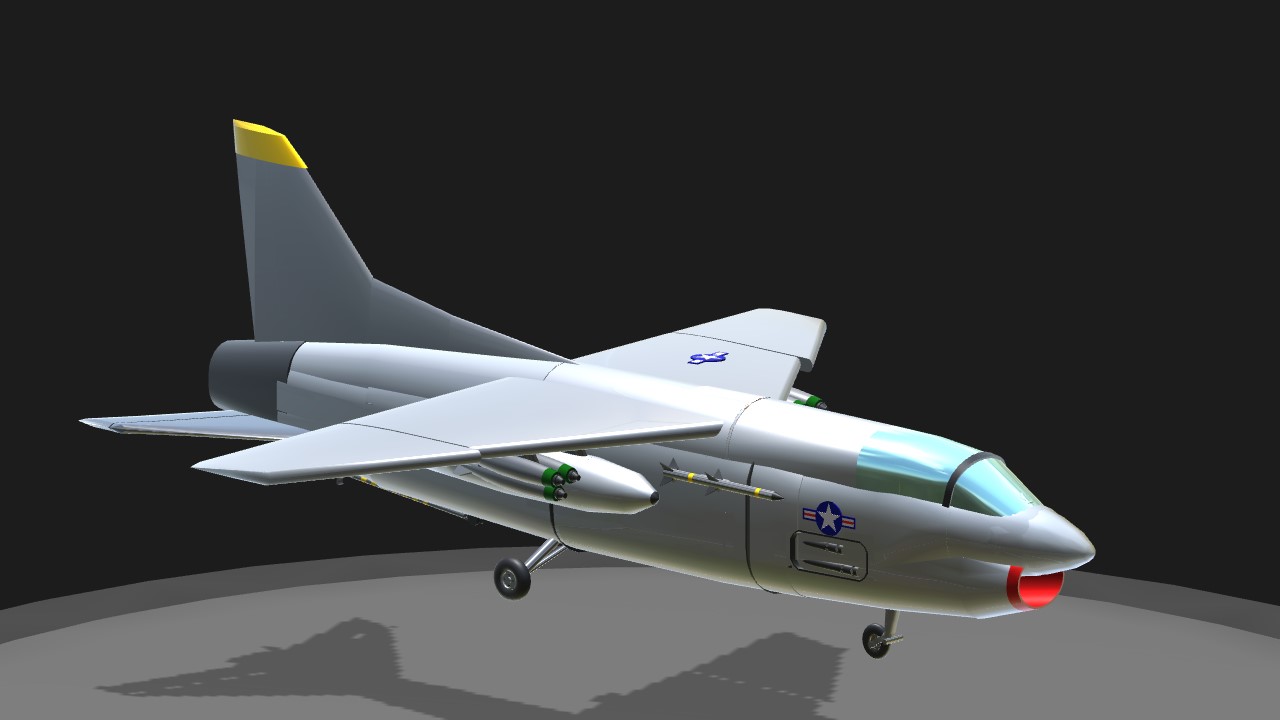
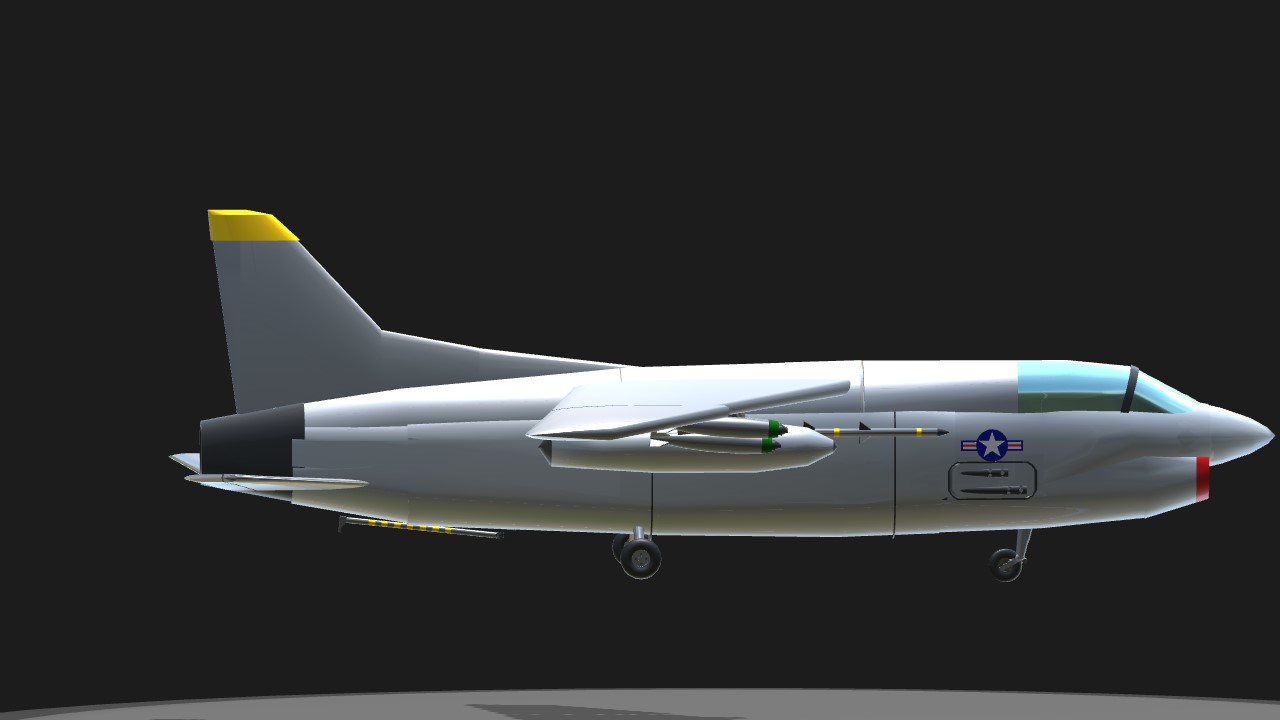
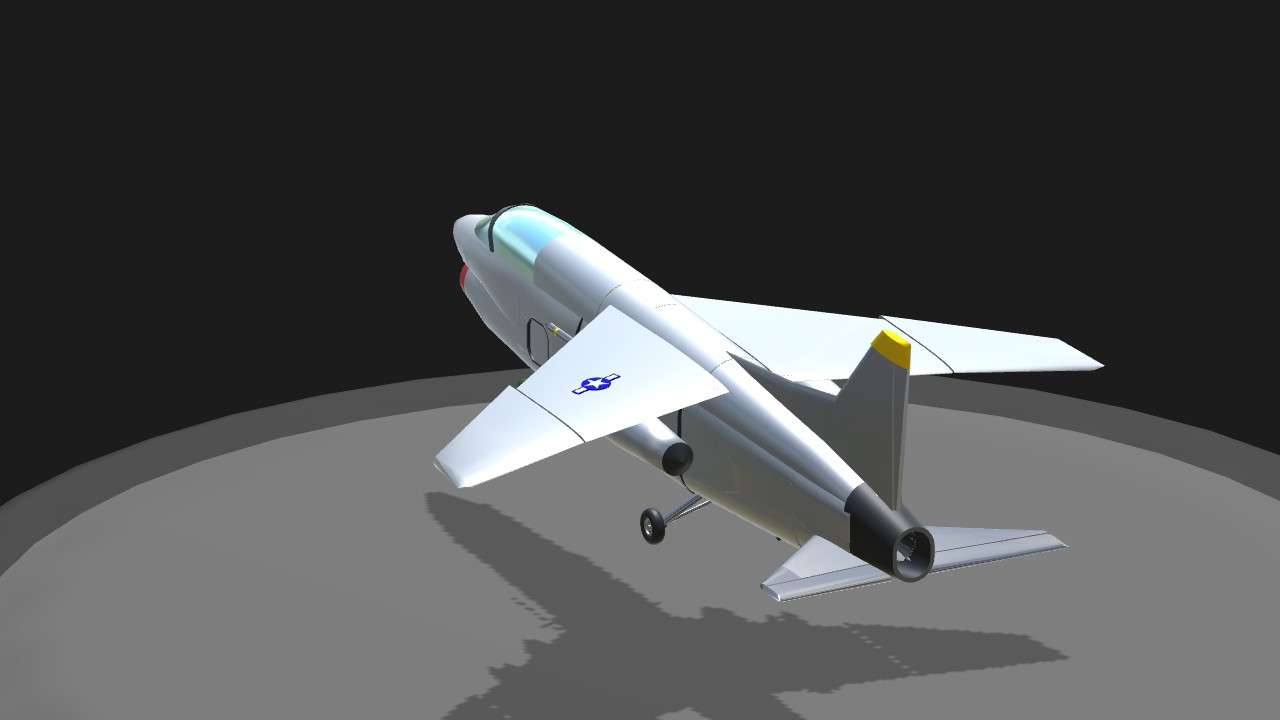
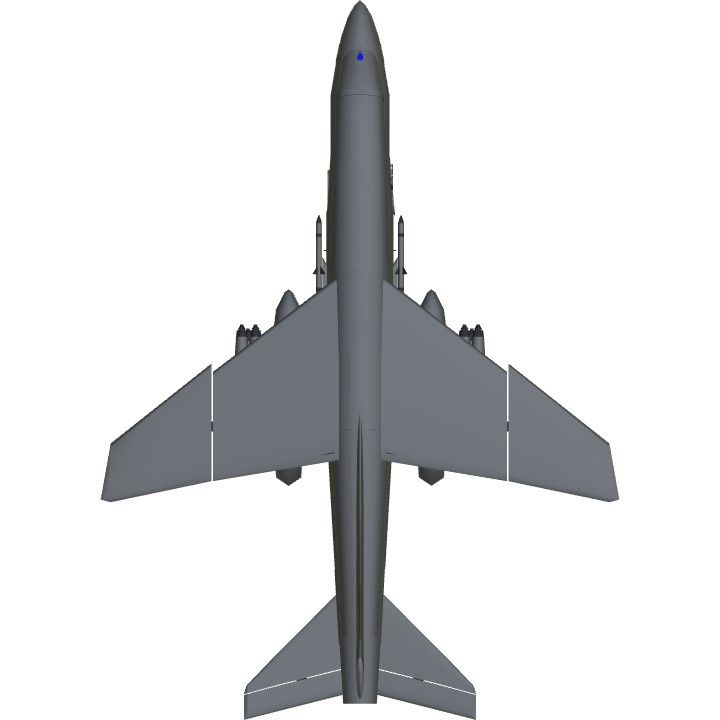
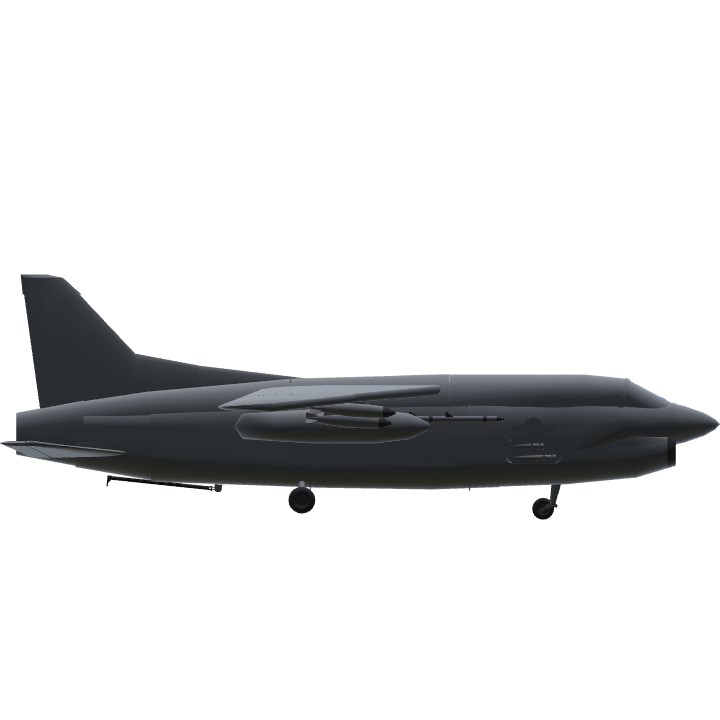

Controls and AG are ‘Ery hard to remember, so make sure you remember correctly
Requested forum tags
@Concordo
Requested forum tags
@Mikoyanstercomeback
@rexzion (idk if u wanted tag)
@WarHawk95 (I also dont know if you wanted tag)
Requested forum tags
@Norag33
@Noname918181
@Tsuchiisan
@ACEPILOT109 @BlackThuNDR @DameTheNewbie Navy!...
First lol
@GoldenSidewinder Also read the rules, or face the consequences. "if you say someones plane suck then maybe you suck"
Can you fuck off bothering him? he is trying his best. change your behavior and fuck off 7 year old, geez. @GoldenSidewinder
XD thx! @Inuyasha8215 @ACEPILOT109
haha shut up kid, enjoy ur strike/ban @GoldenSidewinder
Looks epic!
thicc
lol @WarHawk95
ehe @Noname918181
@MIAW26PERSIAN (I didn't want to be tagged)
@MIAW26PERSIAN jdjsjsjsjsnsn why tho
THX! yep this plane has better manuverability, FOR THE FIRST TIME i make a plane with good manuverability and i wont change the AG1 + VTOL Up soon @Noname918181
Anyways, the plane itself looks good. It flies significantly better than your earlier post, and is overall, a good plane.
Nitpick: pls change input to LandingGear
ur style, your style
my style, MY style
.
btw thx for 280k @Noname918181
yoi wkwkwk @DameTheNewbie
Wah, balapan kita 🤣
Orthographic bad
idk its sound weird if i say ur sweety, so what about salty? :V @UsualPiooneer
ur just salty coz @Noname918181 gave me 280k back eh? @UsualPiooneer
ok thx @UsualPiooneer